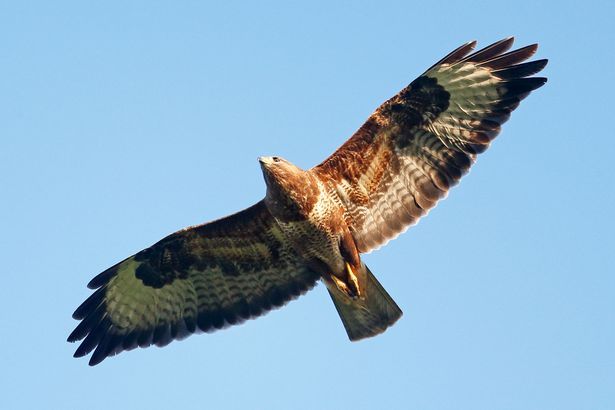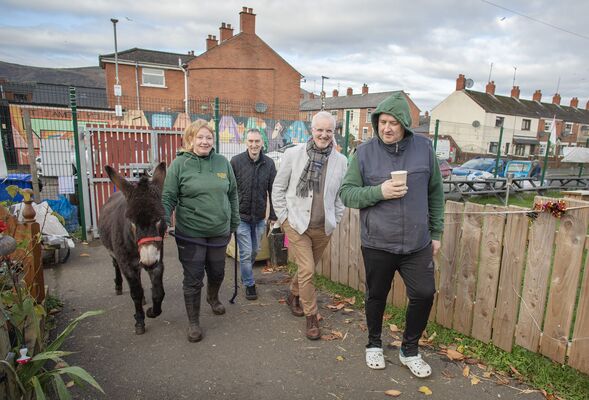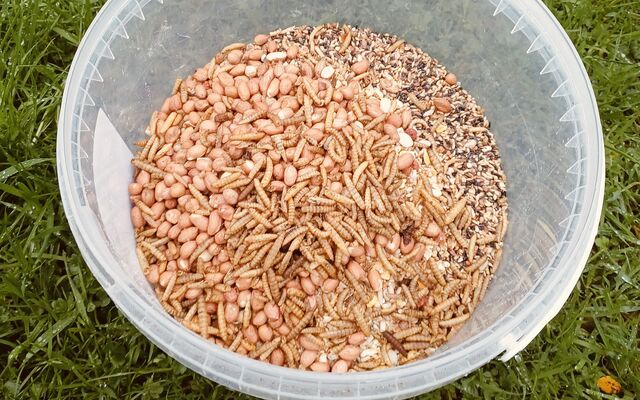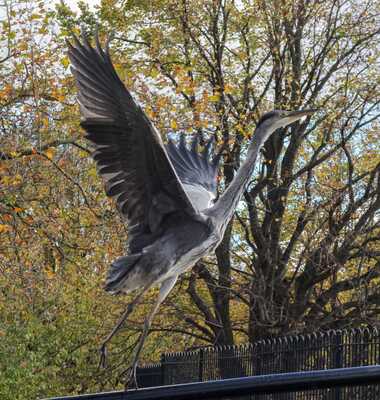"YOU'D think you were in the Alps,” Dúlra found himself muttering this week as he looked up in awe at the Belfast hills.
It wasn’t just their sheer beauty as they shimmered in the baking hot August weather.
It was also the soundscape.
A new voice is echoing right across the Belfast hills – a voice of power and authority.
Because the hills have become the permanent territory of buzzards – clamhán in Irish – who reign from Cavehill to Colin. These massive birds of prey would have been rare visitors just 30 years ago; today there could be more than a dozen pairs.
They surf the thermals as they circle their land from on high – so high that you’d rarely notice them. But these birds are rulers of all they survey and they don’t want to be overlooked, so they send out a piercing call that echoes across the hills, an eerie screech that must put the fear of god into so many other creatures.
It’s a sound that represents true wildness – in fact it’s not dissimilar to the call of the vultures in spaghetti westerns!
Dúlra hears it almost every time he opens the back door.
It’s omnipresent – but spotting the birds is a different matter.
They cruise over the hills, effortlessly moving half a mile with just a few gentle flaps of their wings.
At a time when biodiversity is under attack all around us, the buzzards’ presence is a sign of a thriving Belfast hills.
The work of so many local environmentalists like Aaron Kelly is paying off. Trees for the buzzards to nest in are approaching maturity, wildflowers like the rare bee orchid are returning and the buzzards at the top of the food chain are loving it.
This is their time.
Of course, they only have top spot in the pecking order because people killed our eagles. These same hills used to be the eagles’ domain – and they could be once more. This week Dúlra ran to get his binoculars when one massive bird soared over Black Mountain – but it turned out to be the bigger female buzzard.
It’s an evolutionary mystery while female birds of prey are larger than the male – one theory is that prey can be so hard to get for raptors that different sizes means they can target different food. And the smaller male can bring morsels to the chicks when they are young, letting the mother feed them bigger portions as they grow.
They buzzards won’t complain about the absence of eagles, but they do have another new kid on the block to look out for. This week Dúlra was admiring a soaring buzzard when another bird of prey appeared. It was smaller than a buzzard but it had a forked tail – it was a red kite, cúr rua in Irish.
The kite was driven out of Ireland just like the eagles but has recently been reintroduced. And it seems that it too likes what it sees on the Belfast hills.
And so does Dúlra.
The Andytown News’s Anthony Neeson came across this dead bird this week in Gaoth Dobhair in Donegal. The naoscach – or snipe – must have been hit by a car.
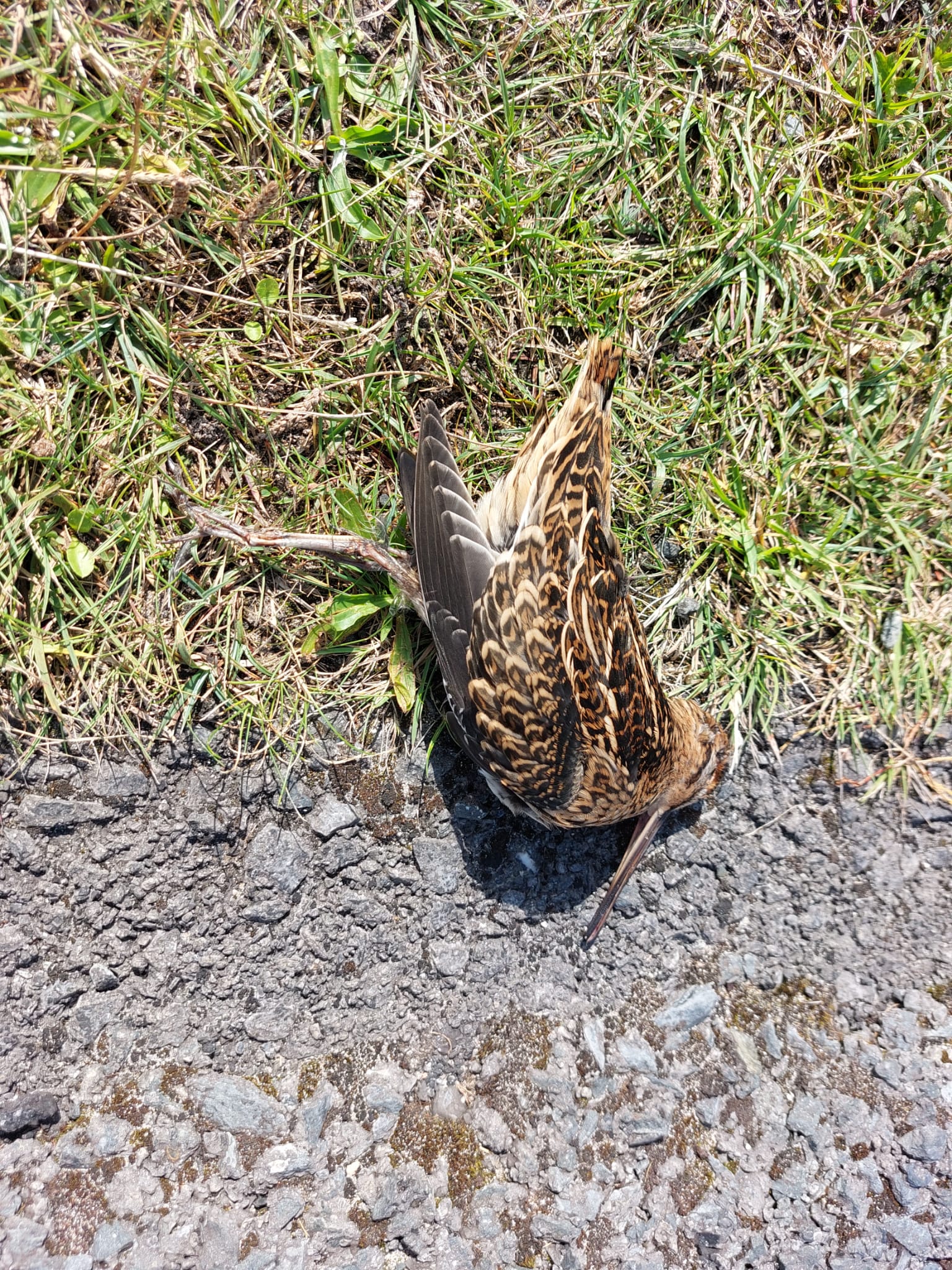
This bird will breed around the coast here and it’s a tragedy that an adult bird should be killed during the breeding season, perhaps leaving a single parent to bring up the young.
It’s a beautiful bird that we rarely see up close - it’s more likely to be darting away from your feet into the distance at rocket speed to avoid getting shot. They were so good at escaping that the best shooters were named after them - snipers.
If you’ve seen or photographed anything interesting, you can text Dúlra on 07801 414804.

